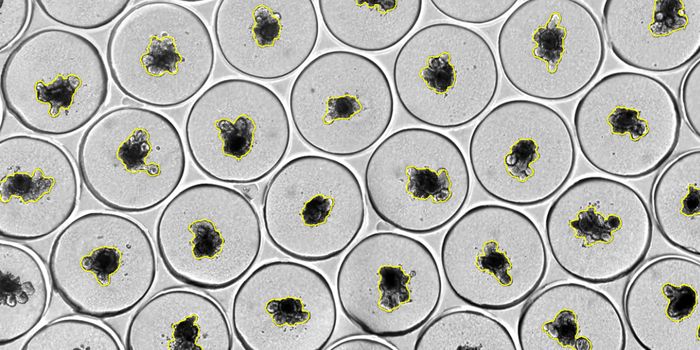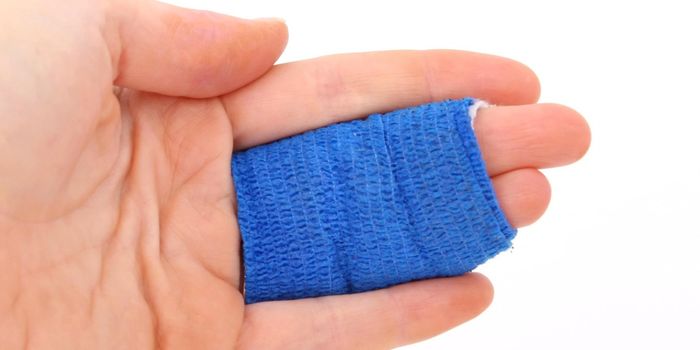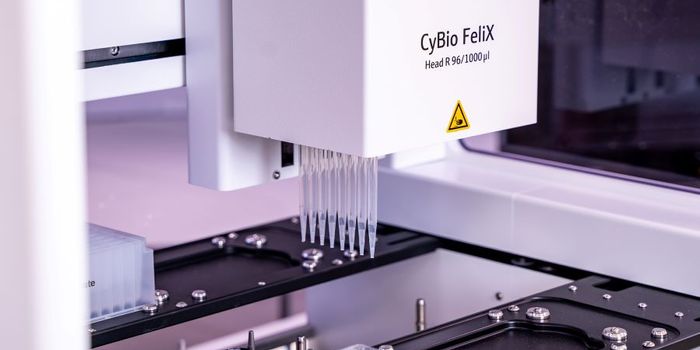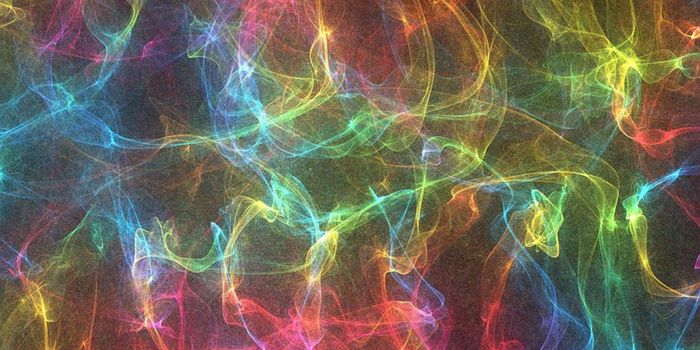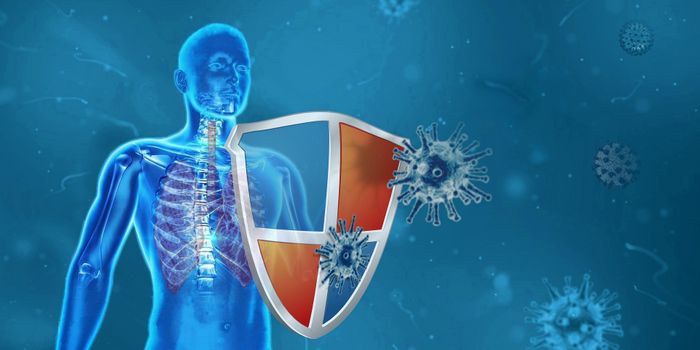Brain Cells Boost Damage Caused by Alzheimer's Risk Variant
Sometimes there are slightly different versions, or sequences of genes. There are several versions of the apolipoprotein E (APOE) gene, for example. One of them, called APOE4, has been linked to a much higher risk of developing Alzheimer's disease, and carriers often have worse forms of the disease compared to carriers of other forms like APOE3. There are immune cells in the brain called microglia that help protect the brain from damage and harm. But when APOE4 is expressed, microglia seem to start to cause inflammation, and misfolded proteins to form in the brain, which can lead to serious problems. The findings have been reported in Cell Stem Cell.
In this work, the researchers developed a mouse model that could generate the human APOE4 protein in their brains. Next, the investigators eliminated microglia from these mouse brains. The formation of two misfolded proteins that are hallmarks of Alzheimer's diseases: amyloid and tau, was halted.
"The study underscores the importance of microglia, in concert with APOE4 produced by human neurons, in Alzheimer's," said senor study author Yadong Huang, MD, PhD, a Gladstone Senior Investigator, among other appointments. "Our findings suggest that drugs reducing microglia may eventually be useful in treating the disease."
It's estimated that about one in four Americans carries at least one copy of APOE4, and around three percent of Americans are carriers of two copies of APOE4, which increases their risk of Alzheimer's by twelve times compared to people who carry APOE3 instead, noted Huang.
Since it can be very challenging to study human proteins, particularly those in the brain, in a mouse model, the researchers went further than simply expressing human APOE4. They also transplanted human neurons into the mouse brains, after the brains had matured. This process was meant to mimic forms of Alzheimer's disease that start later in life.
A large body of evidence has shown that APOE4 dramatically increases the risk of Alzheimer's disease. But this work has confirmed that APOE4 expression in the brain caused large amounts of amyloid plaques and tau tangles to form as mice got older.
The mouse model also revealed that in the absence of microglia, the levels of misfolded amyloid and tau proteins were markedly reduced. The researchers suggested that microglia and APOE4 are working in concert to promote important aspects of Alzheimer's disease.
"It turns out that more accurately modeling late-onset Alzheimer's disease requires human neurons, rather than mouse neurons, producing APOE4 in mouse brains," noted Huang.
In a similar mouse model that carried the human APOE3 gene, there were fewer misfolded protein clumps. When a human neuron model lacked APOE completely, even lower levels of these aberrant proteins could be detected, and none of the dense clumps were found.
With single-cell sequencing, the researchers determined that in the presence of human APOE4, about 30 percent of microglia promoted inflammation. But when human APOE3 was expressed, the level of inflammatory microglia dropped to 20 percent, and when human APOE was eliminated completely, only eight percent of microglia were inflammatory. The investigators noted that microglia seem to be activated by APOE4 generated in neurons, which may lead to the production of misfolded proteins.
While more research will be needed to reveal how exactly microglia are turning against the brain, this study may eventually help scientists decipher the mechanisms that drive Alzheimer's, and how to treat the disease.
Sources: Gladstone Institutes, Cell Stem Cell


